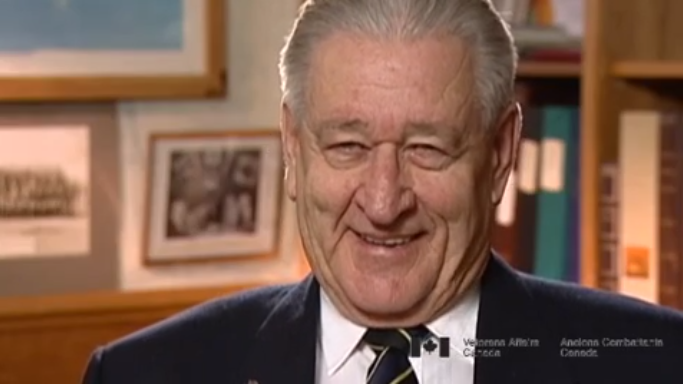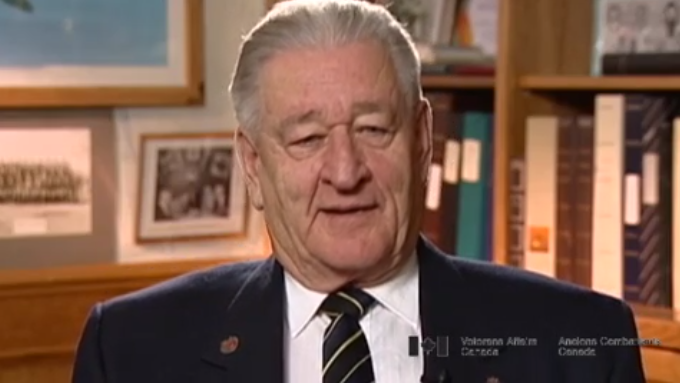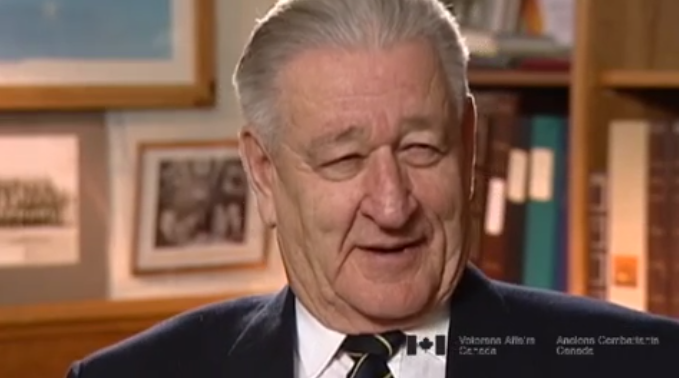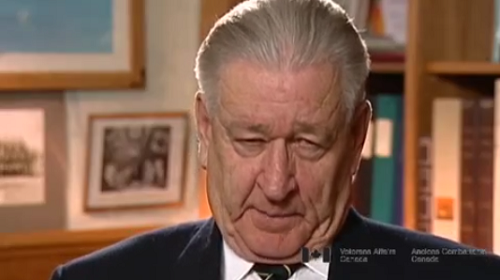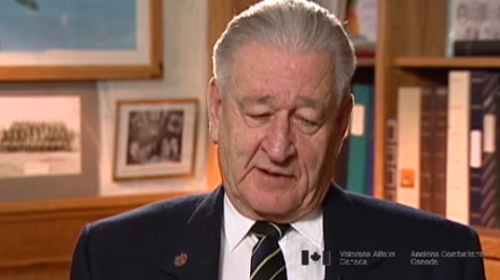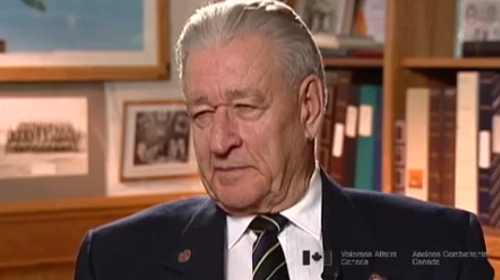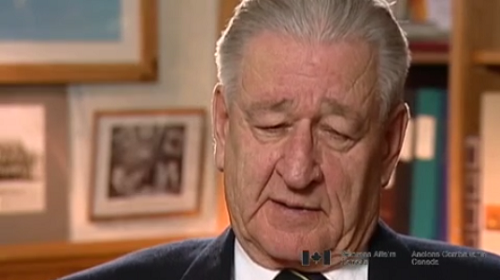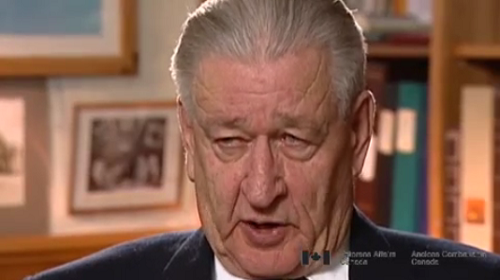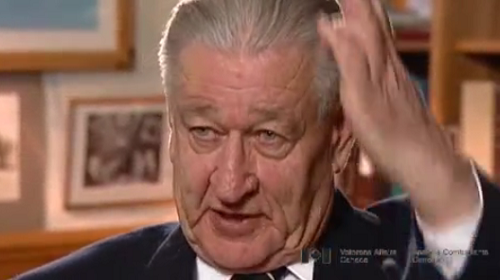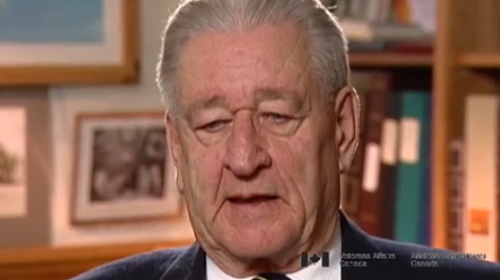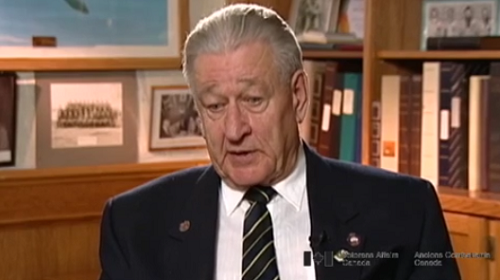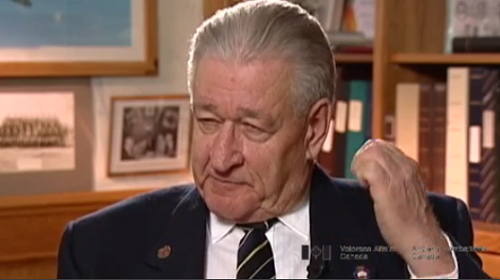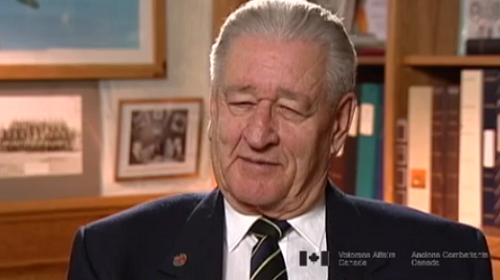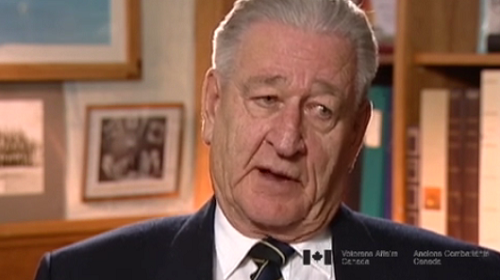The .303 rifle
Heroes Remember
The .303 rifle
Transcript
Weapons training became a reality and
most of us from rural areas
had experience with firearms.
We'd all, everyone of us, had used a firearm,
from the outback portions of the province.
The guys from the cities that were in training,
that was another story, they hadn't.
But the weapons that we used of course
were .22 s and an old .30 I used to use.
We knew how to shoot with those things.
But it was a total different shooting experience
and what we were being taught to do.
Our experience in the back country of our
province was when you saw something,
you pulled the trigger and
you hit or you missed.
But with this weapon,
you had two pressures.
You took up the first pressure,
held your breath and [inaudible]
pulled for the second. The second
pressure triggered your round.
We had to learn that and we had
no problem with it, not really.
I was never a good shot but was never
primarily because of eyesight,
but I was okay.
Description
Mr. Ferguson discusses the advantage, in terms of marksmanship, held by rural recruits over those from the city, and describes the peculiarity of firing a .303 rifle.
Luther Ferguson
Luther Ferguson was born in Mayview, Saskatchewan on October 23, 1933. He describes himself as being “unworldly, poorly educated and having low self-esteem.” Mr. Ferguson felt that the Army offered him the best opportunity to both further his education and improve his life. He enlisted in 1951, and soon found himself a combatant in the Korean War, where he served in the infantry. Mr. Ferguson’s accounts lean heavily on the psychological impacts of training and warfare, and the devastation experienced by the civilian population during the Korean conflict.
Meta Data
- Medium:
- Video
- Owner:
- Veterans Affairs Canada
- Duration:
- 1:34
- Person Interviewed:
- Luther Ferguson
- War, Conflict or Mission:
- Second World War
- Branch:
- Army
- Units/Ship:
- Royal Canadian Regiment
- Rank:
- Private
- Occupation:
- Infantryman
Related Videos
- Date modified:



